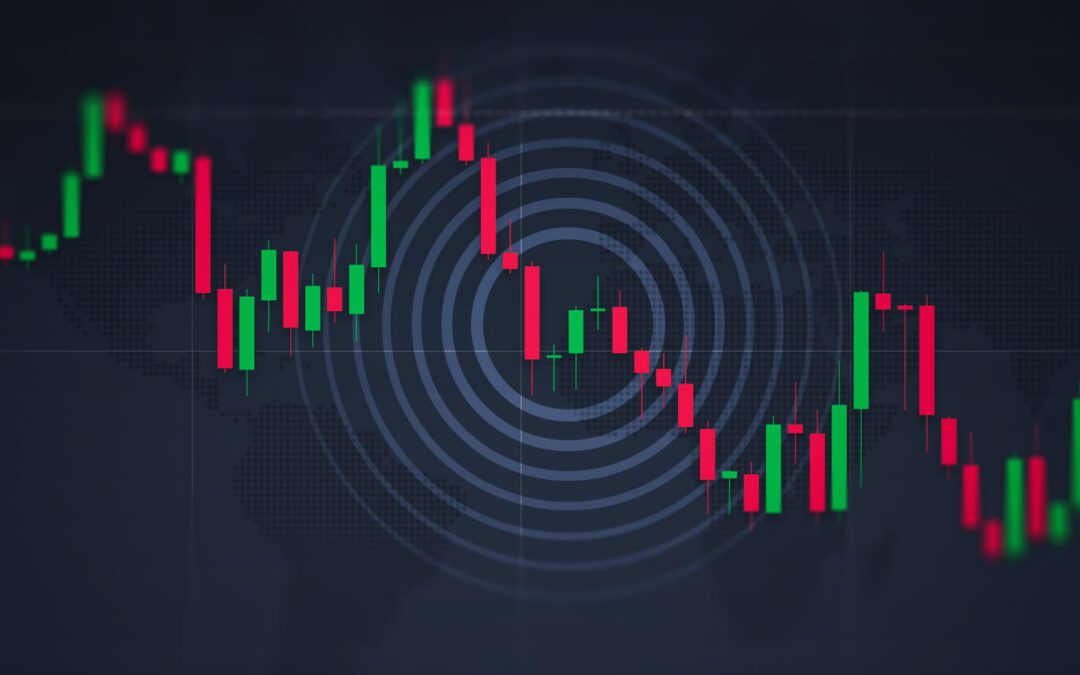Financial markets have multiple ways to make profits, so traders develop different strategies for any possible scenario. While some trends demand traders to buy -or long-, others demand traders to sell -or short- assets. Regardless of any trading structure, being ready to act in both supply and demand zones is imperative.
“What does shorting mean?” is a question many beginners ask. This article will give them an overview on why, how and when one should consider to short.
What does shorting mean?
Shorting means selling an asset in the hope that its value drops towards lower price levels. By expecting the price to decline, a trader can be said to be “bearish”. So instead of just waiting for uptrends, some traders adopt the shorting strategy to profit from this move. Shorting is often used as a form of refuge during bear markets, as profits are being generated during bad fundamentals and volatile price drops.
Shorting is very common in virtually any financial market, including the stock market, commodities, crypto, and Forex. As such, short selling is widely used by retail investors and professional trading companies, such as hedge funds. Shorting assets is an effective method amongst short-term, mid-term and long-term traders, as there are pullbacks in every timeframe.

When should I short?
Depending on the timeframe of your strategy, shorts can be placed in several different levels. However, the basics of a short position apply for all analysis.
Look for strong supply zones where price is more likely to bounce after bullish movements. These “resistances” act as a price barrier for assets and, after many traders liquidate their long positions, the market starts gaining bearish volume and experiences a price drop. This is the perfect opportunity to place a short order.
Consider always maximizing your profits, which can be done by shorting the top of a bull trend and, after letting the trade run, take your profits at the bottom of the bearish movement.
Is shorting better than longing?
It is strongly advised not to trade against trends, so it all depends on what the current market situation is. However, there are several factors that play in bearish scenarios:
- Short positions usually reach the target faster, as prices take less time going than going up.
- Short opportunities are very predictable, especially after negative fundamentals and overbuying indicators.
- Bear markets can be as long as bullish markets.
Having a clear view of what is happening creates more opportunities.
Risks of shorting
Every trader must consider a number of risks when it comes to entering a short position. Between them, the potential loss on a short position is almost infinite. Countless professional traders have gone bankrupt over the years while shorting an asset. If the share price rises on unexpected news, the rally can keep shorters trapped to unpredictable points.
For this reason, traders are advised to maintain healthy risk management for their capital.
